sblair
 By Victoria Adebiyi
By Victoria Adebiyi
Child malnutrition or undernutrition has both short and long-term consequences such as limited cognitive development, poor school performance, poor economic productivity in adulthood, increased risk of chronic diseases later in life and child and infant mortality 1. The burden of child undernutrition is particularly high in Sub-Saharan Africa where approximately 60 million children are stunted, and 14 million wasted, of whom 4 million children are severely wasted 2. During my training as a Registered Dietitian in Nigeria, I had a first-hand experience of this burden while working in a tertiary hospital in South-Western Nigeria, which was quite alarming. I supported the management of both moderately and severely undernourished children, some of which could not survive.
Women’s empowerment is important for improved child nutrition, and both underpin the achievement of several Sustainable Development Goals (SDGs); specifically, SDG 5 – to achieve gender equality and empower all women, and SDG 2 – to end hunger and all forms of malnutrition 3. Women’s empowerment serves as a foundational path to improving child nutrition because when women are empowered, there is a significant impact on both the long- and short-term nutritional status of their children 3,4. This is consistent across South Asia, Sub-Saharan Africa and Latin America and the Caribbean regions 4.
Different pathways have been explored to understand the relationship between women’s empowerment and child nutrition and growth. Women with higher social status- defined as decision-making power relative to men within the household tend to have better nutritional status themselves, are better cared for, provide higher quality food and care including better health-promoting practices to their children; while women with low social status tend to have weaker control over household resources, tighter time constraints, less access to information and health services, poorer mental health, and lower self-esteem 4-6. Empowered women also have better agency and autonomy in decision-making especially regarding food and care provision for their children 3,5. Also, an empowered mother has increased access to and more decision‐making opportunities around the use of financial resources, enabling the purchasing of soap for handwashing, supplies to ensure toilet cleanliness, and safe drinking water; which reduce the risk of infection and improve the nutrition and growth of children 7.
A cash transfer program I supported during my work with an international non-governmental organization in Northern Nigeria made me realize the importance of women’s empowerment for improved child nutrition. Cash transfers to women (economic empowerment) coupled to nutrition and health education helped to significantly reduce child malnutrition in target communities. This points to how crucial it is to empower women as part of efforts to address child malnutrition especially in Sub-Saharan African countries. In particular, women’s empowerment (especially women’s decision-making in the household) has been found to have significant impact on the nutritional status of children in Sub-Saharan Africa 4,5. Empowered women are also more likely to have better nutrition, which in turn improves the nutrition of their children 3,8.
To explore the African context, a study in Ghana, West Africa found that the mean height-for-age z-scores (anthropometric index)) of children born to women with high autonomy, defined as maternal decision-making power was significantly higher than height-for-age z-scores of children born to women with low autonomy. This implies that the rates stunting among children born to women with high autonomy were significantly lower, compared to children born to women with low autonomy 9. Another study in East Africa found that each unit increase in the agency of women for household decision-making was associated with an increase in the anthropometric status (height and weight) of children and a reduction in child stunting and wasting.
Another study in Ghana found that women who participate in final decision-making are almost two times more likely to achieve higher dietary diversity compared to those who do not participate in household decision-making. This may indicate autonomy to buy nutritious foods, suggesting that improving women’s decision-making autonomy could have a positive impact on women’s dietary intake, which indirectly improves the nutrition of their children 8. Also, children born to women with high autonomy were more likely to meet the minimum acceptable diet (composite indicator of minimum dietary diversity and minimum meal frequency), compared to children born to women with low autonomy 9.
Therefore, making a decision at the policy level to improve women’s status produces significant benefits. Not only does a woman’s own nutritional status improve, but so too does the nutritional status of her young children 4. Knowing how crucial women’s empowerment is for adequate nutrition and growth of children especially in Sub-Saharan Africa where there is a high burden of child undernutrition,
- Policies and programs should prioritize women’s empowerment as a key investment to improve both women and children’s well‐being 5,7.
- Policy-makers should prioritize economic empowerment for women and improving women’s access to health care and health information. This should be coupled with interventions to shift gender norms and improve women’s participation in decision-making both within the household and in the community.
- It is also important to increase access to education and life skills to empower girls and young women especially in countries where child marriage is prevalent, considering the high rates of child malnutrition in those countries.
Nutrition interventions implemented in Sub-Saharan African countries should be intentional about empowering women to influence their nutrition as well as the nutrition and health of their children.
References
- Victora, C. G., Adair, L., Fall, C., Hallal, P. C., Martorell, R., Richter, L., Sachdev, H. S., & Maternal and Child Undernutrition Study Group (2008). Maternal and child undernutrition: consequences for adult health and human capital. Lancet (London, England), 371(9609), 340–357. https://doi.org/10.1016/S0140-6736(07)61692-4
- World Health Organization (2019). Accessed on June 2, 2021 via: https://www.afro.who.int/news/strategic-plan-reduce-malnutrition-africa-adopted-who-member-states#:~:text=The%20number%20of%20undernourished%20people,million%20due%20to%20population%20growth.
- Jones, R., Haardörfer, R., Ramakrishnan, U., Yount, K. M., Miedema, S., & Girard, A. W. (2019). Women’s empowerment and child nutrition: The role of intrinsic agency. SSM – Population Health, 9, 100475. doi:10.1016/j.ssmph.2019.100475
- Smith, L. C., Haddad, L. J., Martorell, R., Ramakrishnan, U., & Ndiaye, A. (2003). The importance of women’s status for child nutrition in developing countries. Retrieved from http://econpapers.repec.org/paper/fprresrep/131.htm
- Yaya, S., Odusina, E. K., Uthman, O. A., & Bishwajit, G. (2020). What does women’s empowerment have to do with malnutrition in sub-saharan Africa? Evidence from demographic and health surveys from 30 countries. Springer Science and Business Media LLC. doi:10.1186/s41256-019-0129-8
- Santoso, M. V., Kerr, R. B., Hoddinott, J., Garigipati, P., Olmos, S., & Young, S. L. (2019). Role of women’s empowerment in child nutrition outcomes: A systematic review. Advances in Nutrition (Bethesda, Md.), 10(6), 1138-1151. doi:10.1093/advances/nmz056
- Cunningham, K., Ferguson, E., Ruel, M., Uauy, R., Kadiyala, S., Menon, P. P., & Ploubidis, G. (2018). Water, sanitation, and hygiene practices mediate the association between women’s empowerment and child length‐for‐age z ‐scores in Nepal. doi:10.1111/mcn.12638
- Amugsi, D. A., Lartey, A., Kimani, E., & Mberu, B. U. (2016). Women’s participation in household decision-making and higher dietary diversity: Findings from nationally representative data from Ghana. Journal of Health, Population and Nutrition, 35(1), 16. doi:10.1186/s41043-016-0053-1
- Saaka, M. (2020). Women’s decision-making autonomy and its relationship with child feeding practices and postnatal growth. Journal of Nutritional Science, 9, e38. doi:10.1017/jns.2020.30
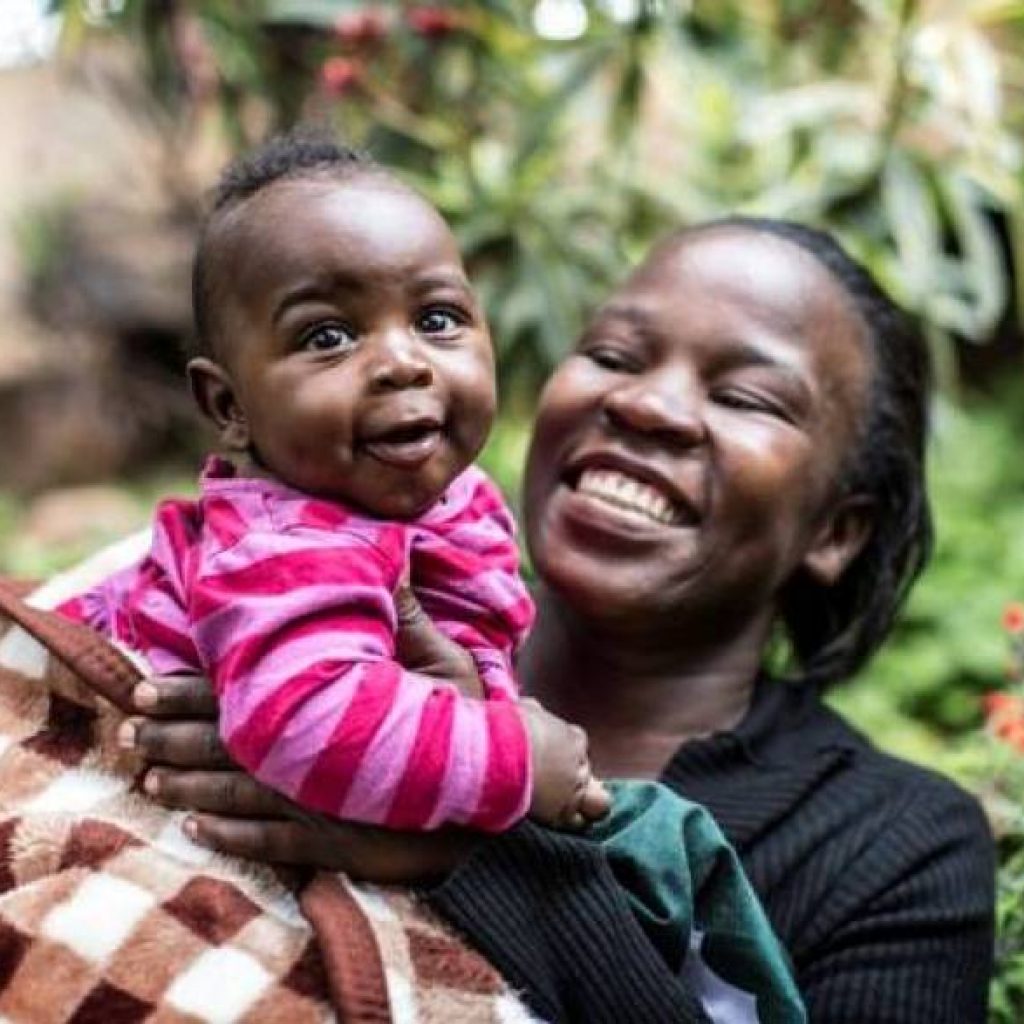
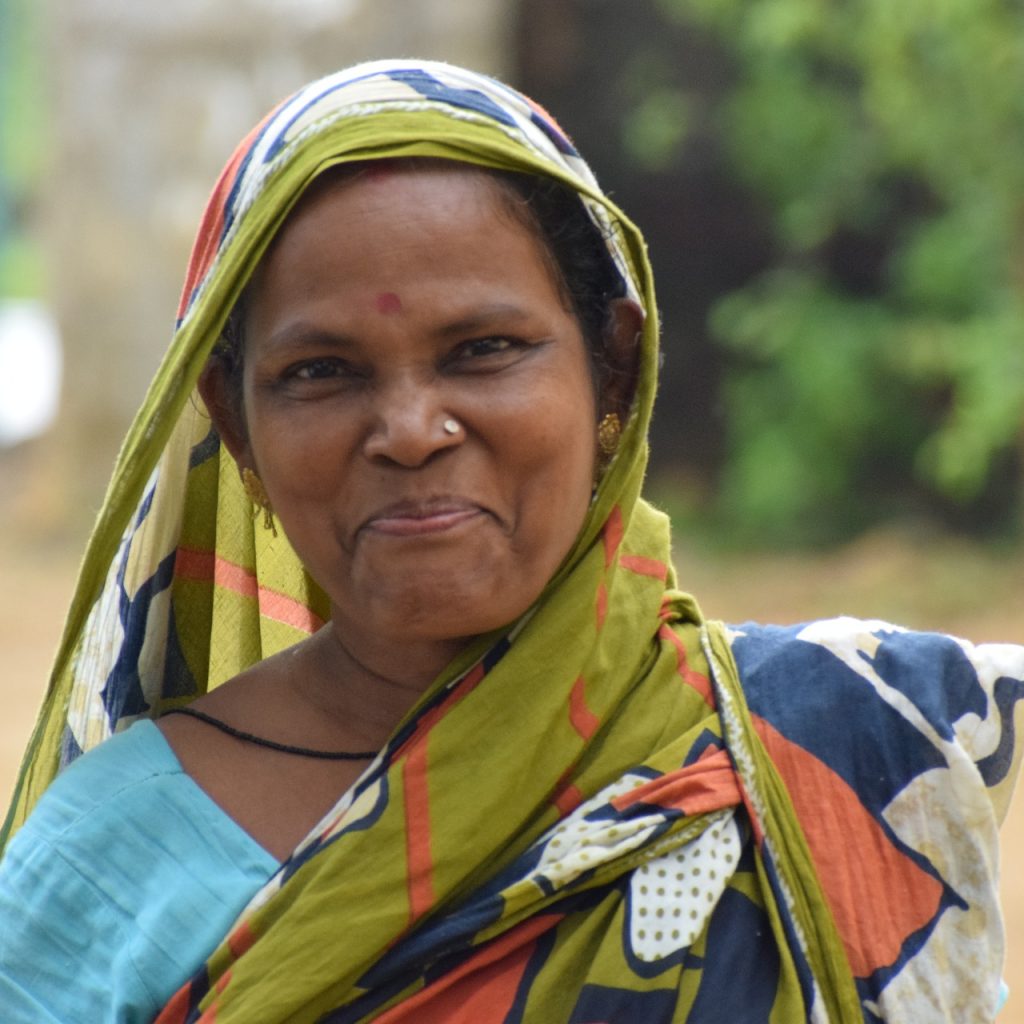
 By Erica Sedlander
By Erica Sedlander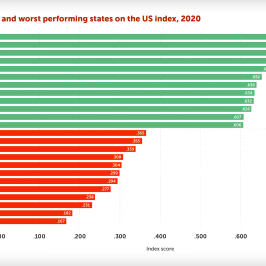
 By Jeni Klugman and Elena Ortiz
By Jeni Klugman and Elena Ortiz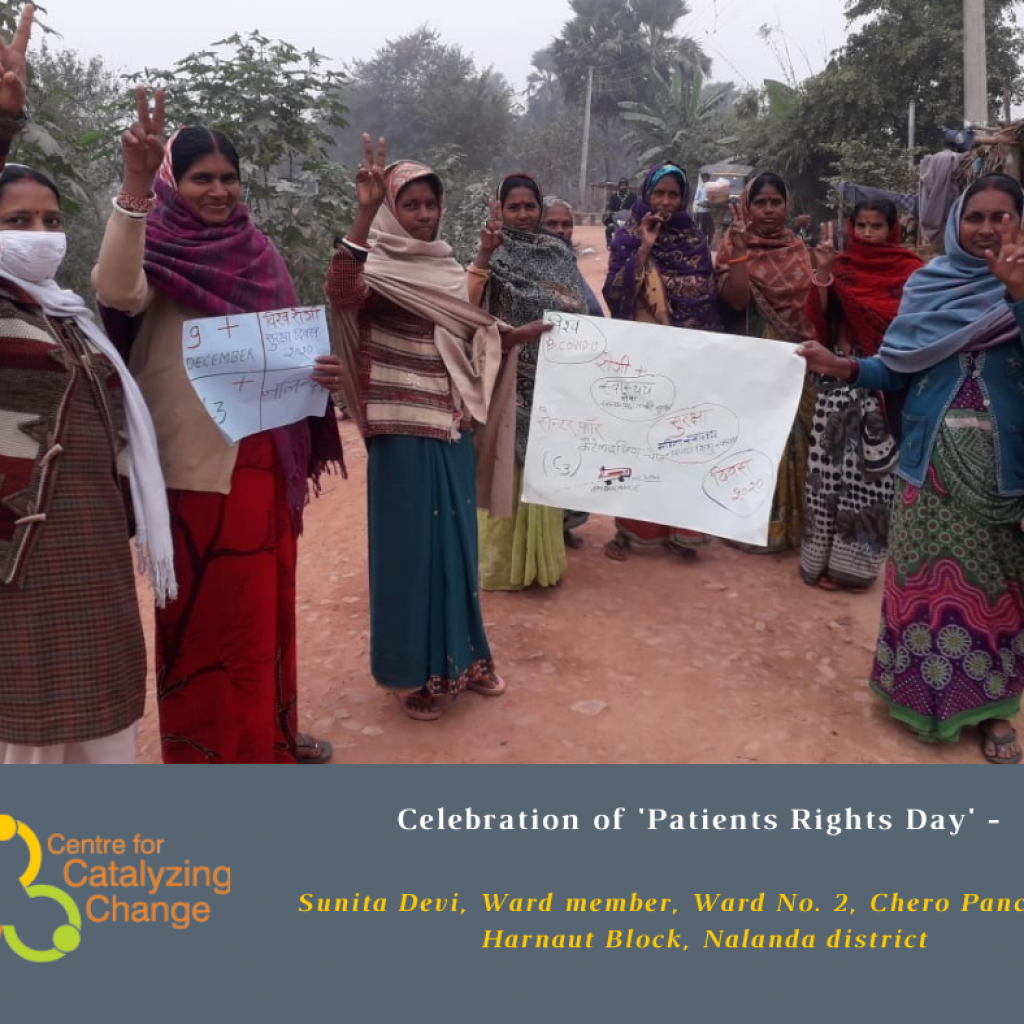
 March 6, 2021
March 6, 2021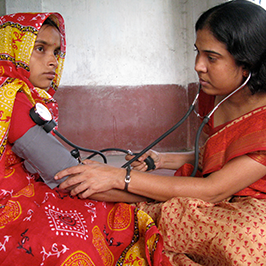
 February 4, 2021
February 4, 2021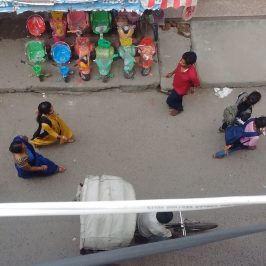
 By Devaki Singh, Madhu Joshi, Sonal Shah
By Devaki Singh, Madhu Joshi, Sonal Shah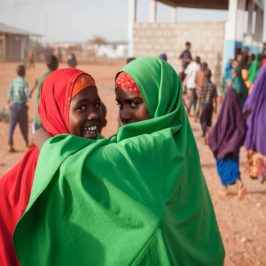
 By Dr. Modupe Taiwo, Rahinatu Adamu Hussaini, Miftahu Yahaya, Nasiru Muhammad, Akeem Adesina, Save the Children Nigeria
By Dr. Modupe Taiwo, Rahinatu Adamu Hussaini, Miftahu Yahaya, Nasiru Muhammad, Akeem Adesina, Save the Children Nigeria Anita Raj, PhD is a Tata Chancellor Professor of Society and Health and the Director of the Center on Gender Equity and Health (GEH) at the University of California San Diego. Her research, including both epidemiologic and intervention studies, focuses on sexual and reproductive health, maternal and child health, and gender data and measurement. She is also Principal Investigator on the EMERGE study referenced in this blog. She has served as an advisor to UNICEF, WHO, and the Bill and Melinda Gates Foundation. She recently contributed to the Lancet series on Gender Equality and Health as an author and steering committee member; she co-led analyses of gender inequalities in health systems and the role of gender norms on health.
Anita Raj, PhD is a Tata Chancellor Professor of Society and Health and the Director of the Center on Gender Equity and Health (GEH) at the University of California San Diego. Her research, including both epidemiologic and intervention studies, focuses on sexual and reproductive health, maternal and child health, and gender data and measurement. She is also Principal Investigator on the EMERGE study referenced in this blog. She has served as an advisor to UNICEF, WHO, and the Bill and Melinda Gates Foundation. She recently contributed to the Lancet series on Gender Equality and Health as an author and steering committee member; she co-led analyses of gender inequalities in health systems and the role of gender norms on health. Jay Silverman, PhD is a Professor of Medicine and Global Public Health, and Director of Research for the Center on Gender Equity and Health at the University of California, San Diego. Over the past 20 years, he has led multiple research programs on the nature and effects of gender-based violence and other gender inequities on health, including development and testing of community and health service-based interventions to reduce GBV and improve reproductive health and autonomy. He has published over 200 peer-reviewed studies on these topics, and co-authored the award-winning practitioner guidebook, The Batterer as Parent (Sage, 2002; 2009).
Jay Silverman, PhD is a Professor of Medicine and Global Public Health, and Director of Research for the Center on Gender Equity and Health at the University of California, San Diego. Over the past 20 years, he has led multiple research programs on the nature and effects of gender-based violence and other gender inequities on health, including development and testing of community and health service-based interventions to reduce GBV and improve reproductive health and autonomy. He has published over 200 peer-reviewed studies on these topics, and co-authored the award-winning practitioner guidebook, The Batterer as Parent (Sage, 2002; 2009). Rebecka Lundgren, MPH, PhD is a professor at the Center on Gender Equity and Health (GEH) at the University of California San Diego, leads the global secretariat of the Social Norms Learning Collaborative and supports its regional communities in Nigeria and East Africa. Her work seeks to advance social norms theory, measurement and practice, with a focus on developing practical guidance for implementing and scaling norms-shifting interventions to promote gender equity and prevent gender-based violence.
Rebecka Lundgren, MPH, PhD is a professor at the Center on Gender Equity and Health (GEH) at the University of California San Diego, leads the global secretariat of the Social Norms Learning Collaborative and supports its regional communities in Nigeria and East Africa. Her work seeks to advance social norms theory, measurement and practice, with a focus on developing practical guidance for implementing and scaling norms-shifting interventions to promote gender equity and prevent gender-based violence. Nandita Bhan, MSc, MA, PhD is a Research Scientist–India at the Center on Gender Equity and Health at UC San Diego, based in Delhi. She is a social epidemiologist with degrees from Harvard University, University College London, and Delhi University. She works on developing rigorous measurement science on gender equality and empowerment for research, capacity building, and field-based program monitoring and evaluation. Her research also includes the role of gender, social context, and urbanization as determinants of agency and equity among adolescents, and in understanding the enablers and barriers to adolescent programming in India.
Nandita Bhan, MSc, MA, PhD is a Research Scientist–India at the Center on Gender Equity and Health at UC San Diego, based in Delhi. She is a social epidemiologist with degrees from Harvard University, University College London, and Delhi University. She works on developing rigorous measurement science on gender equality and empowerment for research, capacity building, and field-based program monitoring and evaluation. Her research also includes the role of gender, social context, and urbanization as determinants of agency and equity among adolescents, and in understanding the enablers and barriers to adolescent programming in India.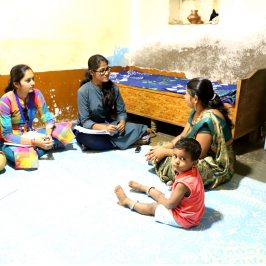
 By Anita Raj, Jay Silverman, Rebecka Lundgren, Nandita Bhan, and Meredith Pierce
By Anita Raj, Jay Silverman, Rebecka Lundgren, Nandita Bhan, and Meredith Pierce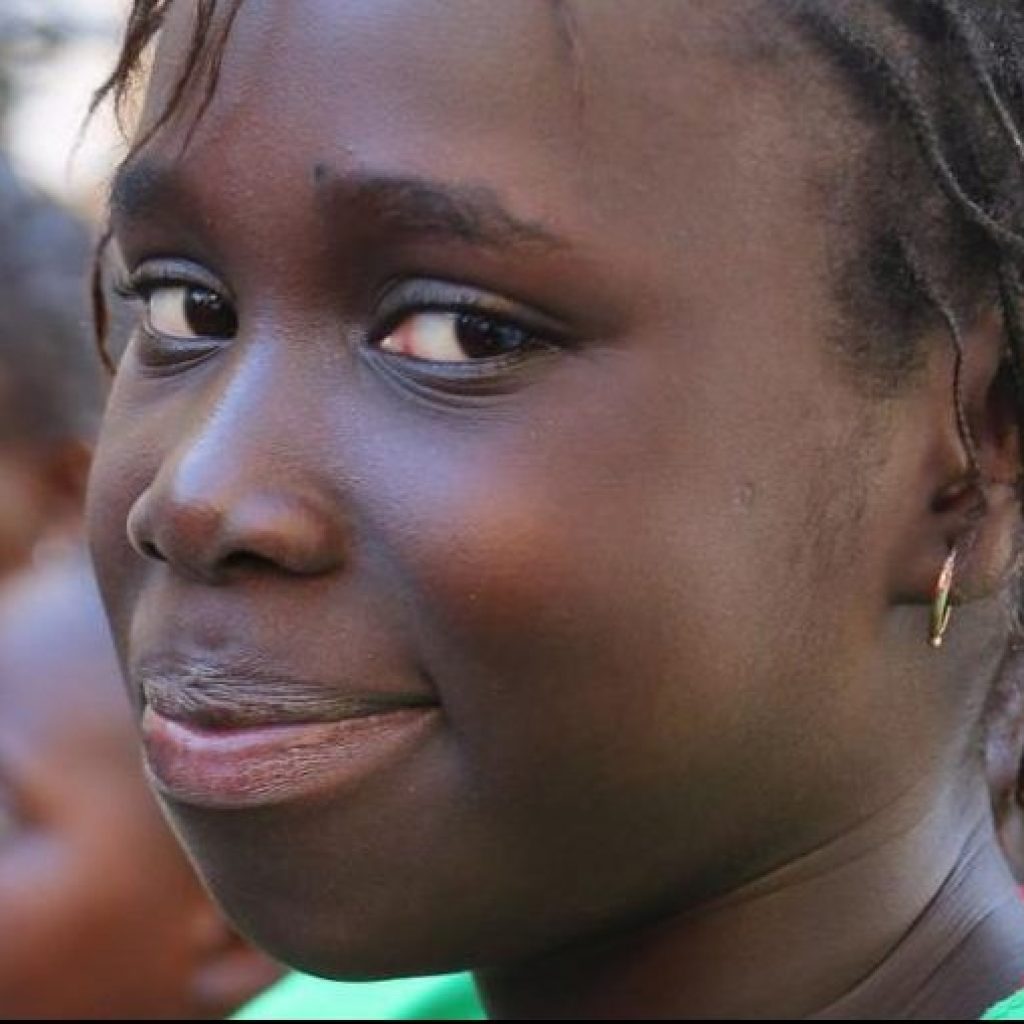
 By: Rebecka Lundgren, Meredith Pierce, Anita Raj, Namratha Rao
By: Rebecka Lundgren, Meredith Pierce, Anita Raj, Namratha Rao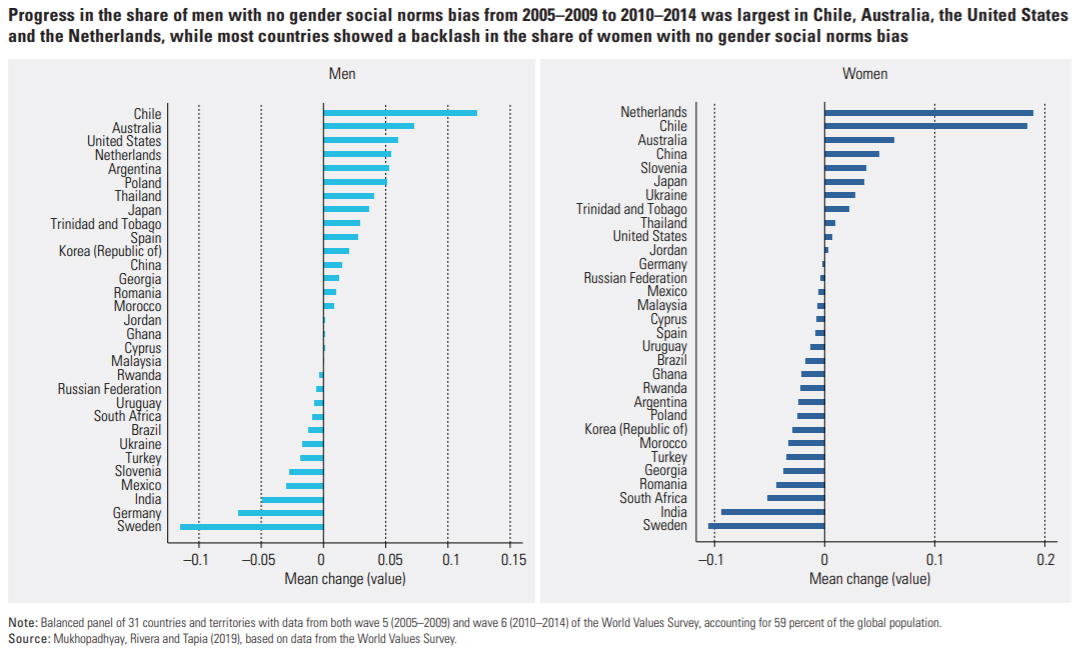
 Meredith Pierce, MPH – is a Research Project Manager supporting the research portfolios of Dr. Anita Raj and Dr. Rebecka Lundgren at University of California San Diego’s Center of Gender Equity and Health (GEH). Meredith’s most recent areas of work include focus on family planning, youth, research utilization, and HIV/AIDS. Prior to GEH, Meredith worked at Population Reference Bureau in International Programs and at USAID in the Office of HIV/AIDS and the Office of Population and Reproductive Health. Meredith holds a Master of Public Health from George Washington University.
Meredith Pierce, MPH – is a Research Project Manager supporting the research portfolios of Dr. Anita Raj and Dr. Rebecka Lundgren at University of California San Diego’s Center of Gender Equity and Health (GEH). Meredith’s most recent areas of work include focus on family planning, youth, research utilization, and HIV/AIDS. Prior to GEH, Meredith worked at Population Reference Bureau in International Programs and at USAID in the Office of HIV/AIDS and the Office of Population and Reproductive Health. Meredith holds a Master of Public Health from George Washington University. Namratha Rao, MSPH – is a Research Program Manager/Consultant at the University of California San Diego’s Center of Gender Equity and Health, supporting the Center’s research portfolio in India. She has experience working in the HIV/AIDS, family planning, and WASH sectors and is extremely interested in health behavior change approaches to intervention and the intersections of environment, gender and health. Namratha received her Masters of Science in Public Health from Johns Hopkins University, MD.
Namratha Rao, MSPH – is a Research Program Manager/Consultant at the University of California San Diego’s Center of Gender Equity and Health, supporting the Center’s research portfolio in India. She has experience working in the HIV/AIDS, family planning, and WASH sectors and is extremely interested in health behavior change approaches to intervention and the intersections of environment, gender and health. Namratha received her Masters of Science in Public Health from Johns Hopkins University, MD.
 By Alison Decker, Aletheia Donald, and Rachael Pierotti
By Alison Decker, Aletheia Donald, and Rachael Pierotti